Dynamics of Population
The book ‘Dynamics of Population’ addresses important issues at the heart of the problems of developing countries. It provides welcome impetus to empirically and theoretically grounded population geography. It begins with historical demography and covers the sources of demographic data in India and the theories of population. Detailed chapters then cover each of the three main components of population change - mortality, fertility and migration. This is followed by size and changes in family structure. Concerns regarding ageing and old age security are highlighted as also the impact of population growth on environmental degradation. This book highlights gender, family welfare and reproductive health issues and dwells on the tragic consequences of an unfavourable sex ratio in certain parts of India. A compelling presentation of demographic transition brings to the fore contemporary research in this area. This kind of focus places this book firmly in the domain of social development.
The book by seeking to present an integrated picture to tell the as yet unfolding story of demographic transition intends targeting audience in courses dealing with Population Studies, Development Studies and Geography. The concerns that are raised demand challenging responses. This book should be of use to the community of development professionals, rural development practitioners and policy planners. It should serve as a course textbook, or as a basic reference on a wide range of contemporary issues and likely concerns at the interface between Geography, Development Studies and Population Studies.
Contents: 1. Introduction. 2. India’s demographic profile. 3. Sources of demographic data in India. 4. Theories of population. 5. Mortality and population. 6. Cultural norms, social interactions and fertility transitions. 7. Migration and urbanisation. 8. Size and changes in family structure. 9. Ageing and demography. 10. Old age security. 11. Population growth and environmental degradation.
Get it now and save 10%
BECOME A MEMBER

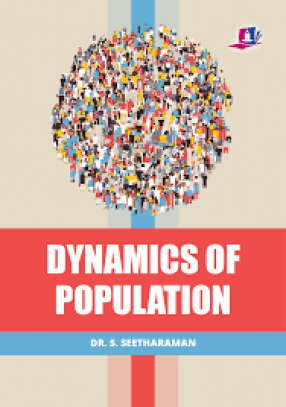

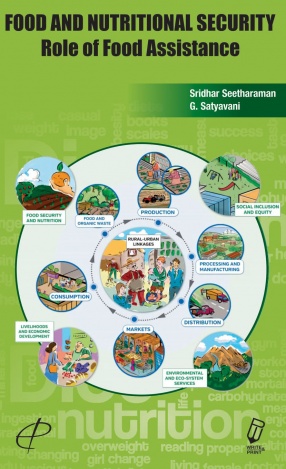

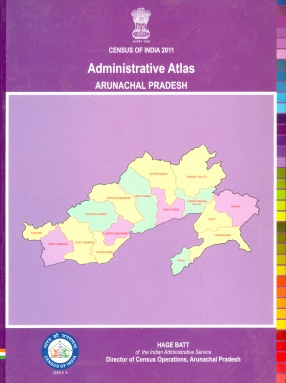
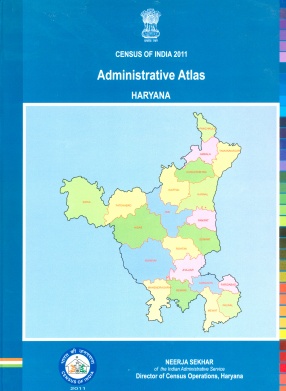
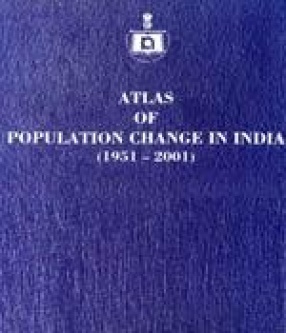

Bibliographic information